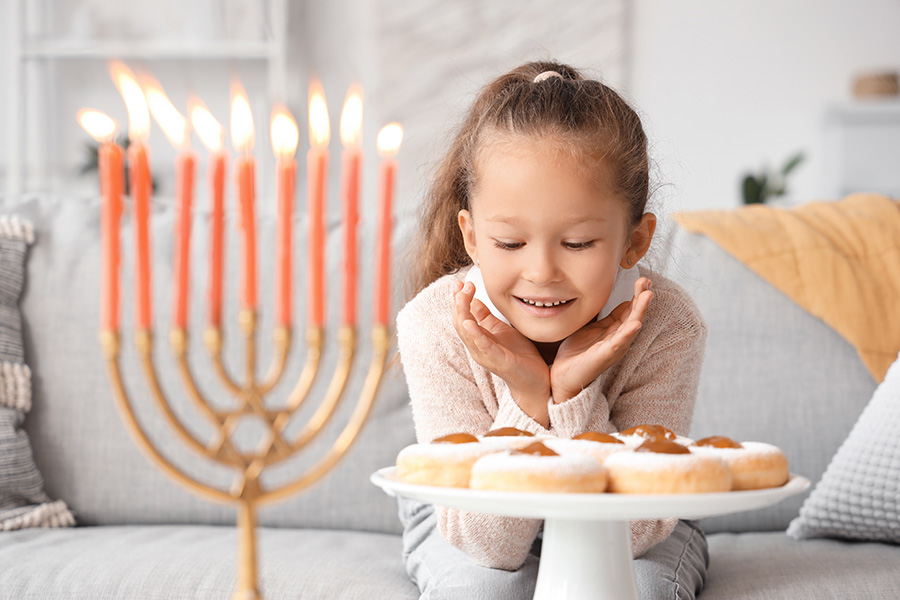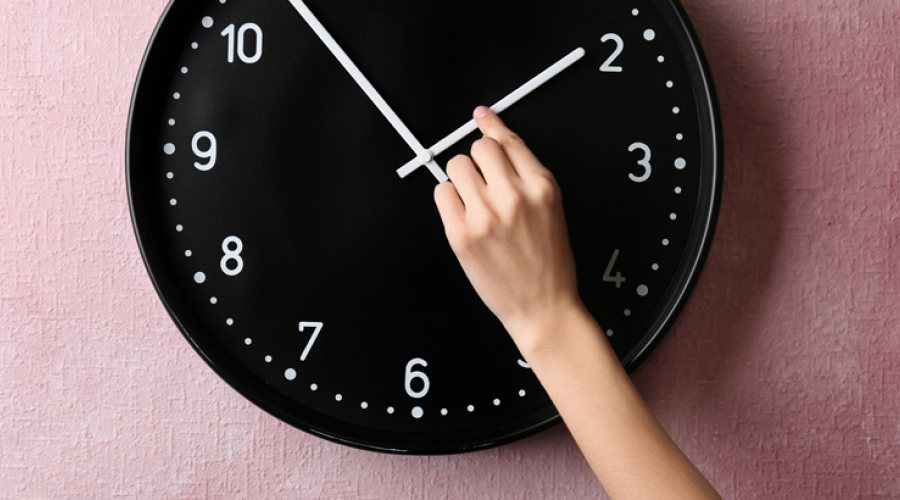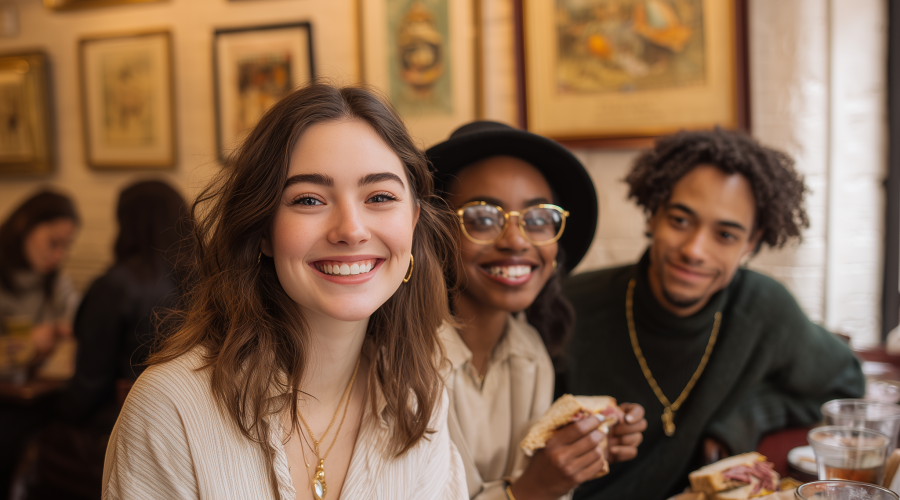The sight of a menorah glowing in someone’s front window for Hanukkah is particularly beautiful. The nine-branched candelabrum is the most recognizable symbol of the eight-night-long Jewish holiday, with one of eight candles lit every night using the candle of the ninth branch in the menorah’s center, known as the shamash (or “helper”), which is usually set higher or lower than the branches flanking it.
Traditionally, the candles must be in a straight, even line, and all members of a household should be present for each lighting. Whatever the candles are fueled by, they should be able to burn for at least half an hour after being lit.
(See our previous Hanukkah article for more information about the holiday’s history and customs.)

The menorah (Hebrew for “lamp”) is not only a symbol of Hanukkah, but of Judaism itself and of the Jewish people. This is why the Hanukkah menorah is traditionally placed in a window or other place of prominence such as a doorway or mantelpiece: it is an expression of observers’ pride in their culture and faith. The Hanukkah menorah, also known as the hanukkiah or chanukiah, is modeled after the golden seven-branched menorah believed to have been lit in the Temple of Jerusalem between 957 BCE and 70 CE.
After the destruction of the Second Temple by the Roman Empire’s Siege of Jerusalem, that original menorah was stolen and subsequently lost. There are many theories among historians and other scholars as to where the Temple’s menorah is today, but nobody knows for certain its location or even whether it still survives. Today, the menorah remains a symbol of enlightenment, the creation of the universe, and the light of God, with the light of the Hanukkah menorah specifically symbolizes resilience, faith, and freedom.
Hanukkah is not a federal holiday in the United States, so you can usually expect schools, businesses, transportation, and government buildings to be operating on normal hours. Observers may request time off from school or work in the evenings or to travel and spend the holiday with family, so be prepared to make accommodations.
However, this year, the first day of Hanukkah falls on December 25 and the seventh and eighth fall on December 31 and January 1, sharing the dates with Christmas, New Year’s Eve, and New Year’s Day, which are federal holidays — which means that you can expect closings and limited hours on these dates. Hanukkah beginning on the same day is a rare occurrence that hasn’t happened for 19 years, and won’t happen again for another 11 years.






